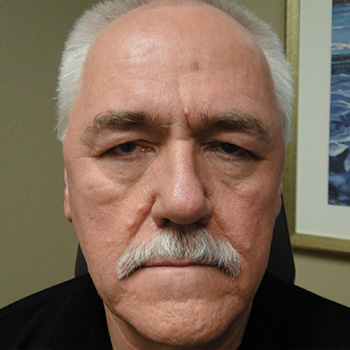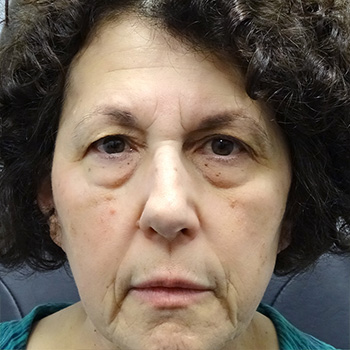What is Blepharoplasty (Upper Eyelid Surgery)?
The area around the eyes are often one of the first places to reveal signs of aging. As we age, our skin loses elasticity, becoming loose and less supple. Around the eyes, crow’s feet and excess skin in the upper eyelids reveal this aging process, contributing to a tired and worn out appearance. Fortunately, upper eyelid blepharoplasty is a minimally invasive and extremely effective method to restore a more youthful and rested look.
What can Blepharoplasty Correct?
In extreme cases of excessive skin in the upper eyelid, a “hooding” effect of skin hanging over the eyelashes may obstruct peripheral vision. Patients notice improvement in their ability to see peripherally, feel less fatigue and appear more alert.
Benefits of Eyelid Surgery
There are many benefits to upper eyelid blepharoplasty. Perhaps the most notable is the improvement in your vision that can be obtained by removing excess skin that may be blocking your field of view. Some people described improved vision as well by allowing more light to enter the eye after removing excess skin that may be causing an ongoing effect or lateral hooding.




